Certifications
This product is compliant/certified with the following certifications
(as of October 2019).
Use in other countries and regions may violate local ordinances.
Please be sure to check https://ssd.toshiba-memory.com/en-emea/download/ for the latest firmware
updates.
Note: The following instructions are a general guideline for the SSD installation and should act as a complement
to your system’s owner manual.
SSD HANDLING PRECAUTIONS
· To minimize static electricity, touch a metal surface before handling the SSD.
· Keep the drive away from direct sunlight, moisture, and extreme temperatures.
LAPTOP INSTALLATION
1. Power off the system, disconnect all power cables, and remove the battery.
2. Locate the hard drive access panel; unscrew and remove the access panel.
3. Disconnect and remove the current storage drive from the drive bay
(refer to your system’s user manual)
4. Remove all brackets and connectors from your HDD and install it on the SSD (if necessary).
Note: If a proprietary connector and/or bracket are present on the HDD, carefully remove it and connect it
to the SSD. Systems will vary and these items may or may not be present.
5. Insert the SSD into the drive bay carefully aligning the SSD with the SATA* connectors.
6. Secure the SSD in the drive bay. Reinstall the access panel and insert the battery back into the system.
7. Power on your system to verify a successful installation. For a boot drive, this is signified by the BIOS
prompting OS installation. For a secondary drive, follow the format instructions below.
Note: If the SSD will be your primary boot drive, please refer to your operating system’s user
manual for further OS installation instructions. If this SSD will be used as a secondary drive, formatting the
drive is required before use.
*SATA 6Gbit/s is backwards compatible with SATA 3Gbit/s. However, connecting a SATA 6Gbit/s
device into a SATA 3Gbit/s connection will result in reduced performance.
DESKTOP INSTALLATION
1. Power off the system and disconnect all power cables.
2. Remove the system’s outer panel (refer to your system’s user manual).
3. If your system provides a 2.5-inch drive bay(s), there is no need for a 3.5-inch adapter bracket.
4. If your system does not provide a 2.5-inch drive bay(s), you will need to mount the SSD in a 2.5-inch to
3.5-inch adapter bracket (3.5-inch adapter bracket included with select models).
2.5-inch SATA 6Gbit/s SSD Manual
MS0001-A2
EU Contact:
KIOXIA Europe GmbH,
Hansaallee 181, 40549 Düsseldorf,
Germany
R-R-TMZ-KVG80ZSE480G-A
R-R-TMZ-KVG80ZSE960G
R-REM-TMZ-KVG70ZSE960G
MSIP-REM-TSD-THNSNA960GESC
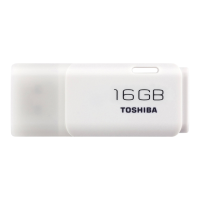

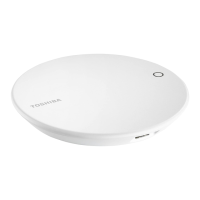
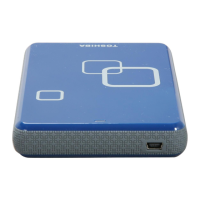
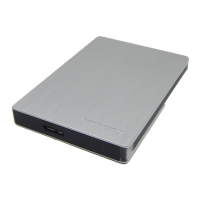
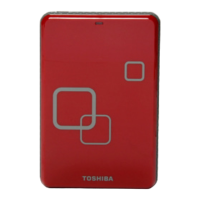
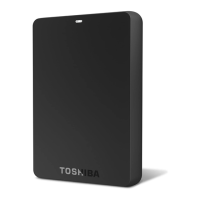
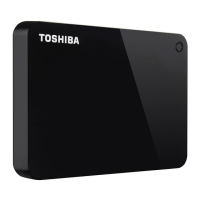
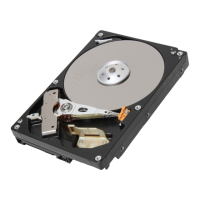

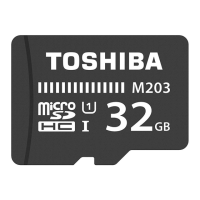
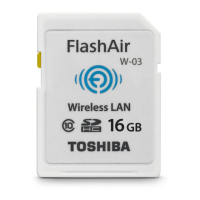
